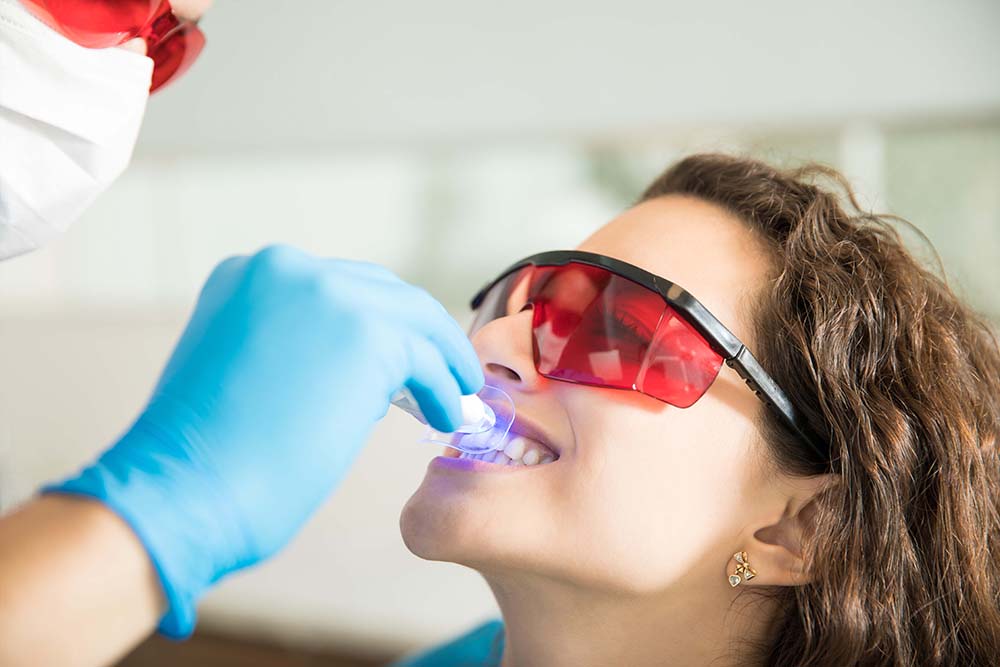- Call Today +91 8435583310
- Open Hour 11:00 AM to 08:00 PM

In the past, teeth were filled with a mixture or amalgam of different metals. Today that is changing as more natural looking and metal free fillings are becoming the preferred approach. Dentists are using more tooth like materials that are both safe and predictable.
The external part of the tooth is called the enamel, which is arguably the hardest natural material produced by animals. It consists of very closely knit calcium crystals and contains no living tissue. Dental porcelains easily and efficiently imitate the enamel part of a tooth.


Metallic fillings or amalgams could not bond with the tooth they merely rested on it and provided a degree of protection. Today so much more is known about the interface between dentin and enamel and the bond created between these two natural products.


Restoring teeth or literally rebuilding them successfully depends on a good bond between resin materials and both the enamel and dentin. Restorative dentistry recreates a tooth that not only looks natural but responds naturally too, allowing bite stress to pass through the tooth while receiving biting force.


In the past, dentistry focused on creating stronger teeth by using very durable, rigid materials to replace decayed or damaged teeth. These rigid materials actually contributed to further decay by allowing additional decay and cracking to occur.
This is simply the layering of resin to fill any voids and recreate the original tooths shape. One problem with metal or amalgam fillings is that they need undercuts to hold them in place. The use of undercutting removes some of the healthy tooth and can lead to weakening and future cracks.
Copyright © 2024 Dental House Jabalpur.
Designed and Deveopled by AdvrtU